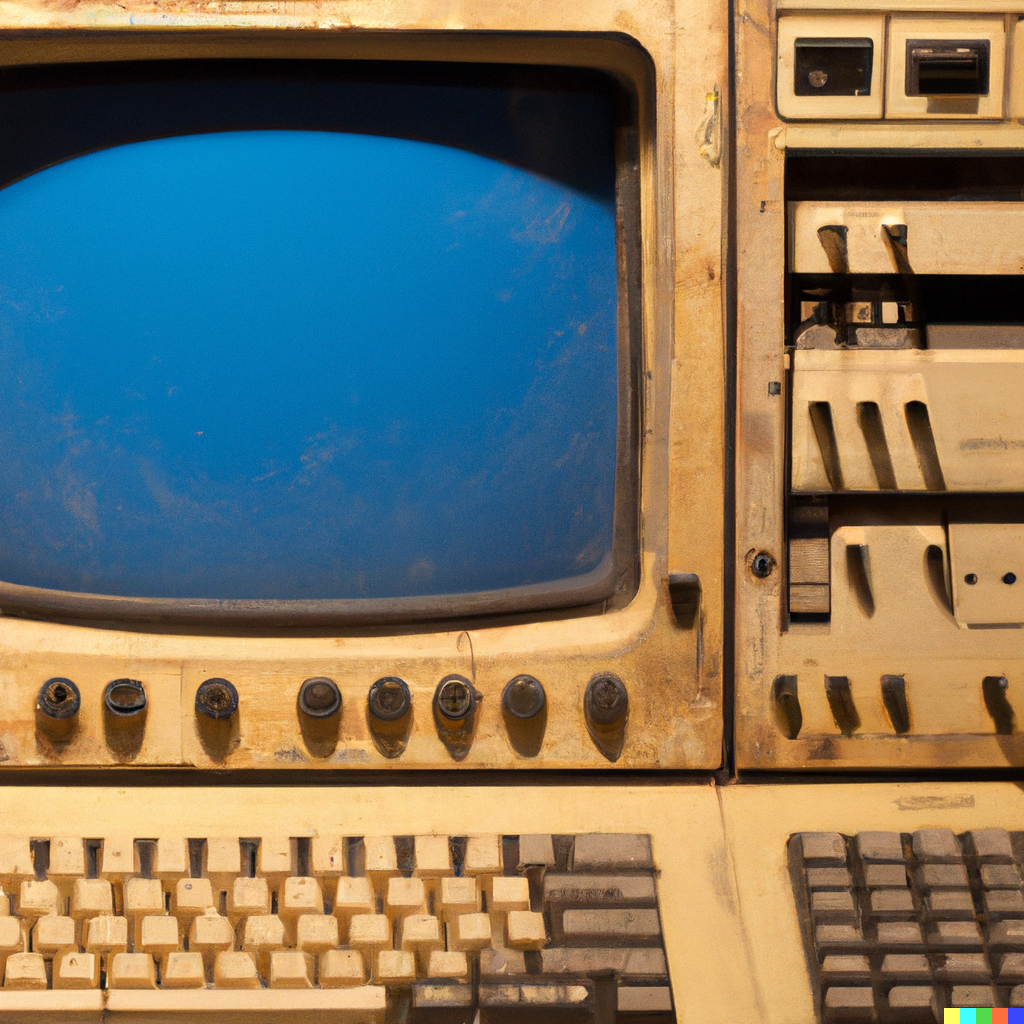In the vast tapestry of computer history, one thread that stands out prominently is the evolution of programming through punch cards. These seemingly archaic cards played a pivotal role in shaping the foundation of computer programming as we know it today.
The Genesis of Punch Cards
The journey began in the early 19th century, long before the digital age, with the development of the Jacquard loom. This weaving machine utilized punch cards to control the patterns woven into fabrics, allowing for intricate designs with a level of precision previously unimaginable. This revolutionary concept of using punched cards to instruct machinery laid the groundwork for their adaptation in computing.
Enter the Computer Age
Fast forward to the mid-20th century, where punch cards became a fundamental component of early computer programming. In 1890, Herman Hollerith introduced punch card technology for the U.S. Census, marking the inception of these cards in tabulating and processing vast amounts of data. This innovation reduced the time required for census calculations significantly.
The Birth of Computer Programming
Punch cards found their way into computer programming with the advent of machines like the IBM 704 and UNIVAC 1103. Programmers meticulously punched holes into these cards to encode instructions for the computer to execute. Each column on the card represented a different part of the instruction, and the pattern of holes dictated the action to be taken.
Challenges and Advancements
Working with punch cards posed several challenges. A single mistake could render a program ineffective, requiring the entire process to start anew. Debugging was a painstaking task, often involving a laborious search through stacks of cards.
However, these challenges fostered innovation. Programmers developed techniques to streamline the process, such as using special markers to indicate card sequences, reducing the risk of errors and making programs more manageable.
Legacy and Transition
The era of punch cards laid the groundwork for modern programming practices. Concepts like sequence control, loops, and conditional branching were encoded in these cards, forming the basis for subsequent programming languages and paradigms.
The transition from punch cards to more sophisticated programming languages and direct interaction with computers marked a monumental shift. Languages like Fortran and COBOL emerged, allowing programmers to write code directly on computer terminals rather than relying on physical cards.
Conclusion
While punch cards may seem like relics of the past, their significance in the history of computer programming cannot be overstated. They were the stepping stones that paved the way for the digital revolution, shaping the landscape of modern computing.
As we marvel at the complexity and ease of contemporary programming, let us not forget the humble punch card, a small piece of cardboard that played a monumental role in the evolution of technology and programming as we know it today.
